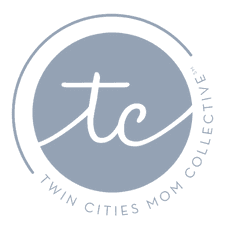
Photo by: Leslie Kellum Photography
Wait, what? The changes brought on by Covid-19 have left many reeling, especially parents of young families who may now find themselves working full-time from home and simultaneously caring full-time for their infants, toddlers and preschoolers. If you are one of those individuals feeling squeezed and worrying that you might not be providing the stimulation your child receives at his/her care center, take heart: The single most important activity you can undertake with your child is reading. So keep calm and read on!
Not only does cuddling up with your child and reading a book offer the calming break so many need right now, it also helps lay the foundation for success in school and life. According the U.S. Department of Education, the importance of reading simply can’t be overstated; it is the key to lifelong learning.
To help you make the most of your reading time, the staff at Bloom Early Learning offers the following book suggestions – all of which are winners with the kids in their classrooms – and tips for maximizing the story time experience.
For Infants—
“First word” books with real pictures, song books and interactive books are favorites with Bloom infants and their teachers. Among the most loved titles are:
- First 100 Words by Roger Priddy
- Baby Faces – Scholastic Book Series
- The Itsy-Bitsy School Bus by Jeffrey Burton
- Peek-A-Who by Nina Laden
- Brown Bear, Brown Bear What Do You See? by Bill Martin and Eric Carle
- Moo, Baa, LaLaLa (and other titles) by Sandra Boynton
At Bloom, infants love to sit in their teachers’ laps and look at and listen to books. As they grow, they also enjoy independently flipping through books and looking at pictures. When reading with your children:
- Use “first word” books to help them connect words and objects. As children start to use more language to name objects themselves, praise them and encourage confidence in speaking and literacy.
- Choose books with real life pictures, especially of other children, to help infants attach more abstract ideas like feelings to pictures and begin to understand them. This nurtures empathy.
- Constantly change the tone and volume of your voice to bring children into the story. Doing so helps keep their attention and makes it fun.
- Select books that can be sung or have rhyming patterns. Singing and being silly when sharing a story not only builds your relationship with your child, it also starts a child’s relationship with books as he/she begins to learn that words come from books.
- Introduce interactive books, which allow children to appreciate the fun that comes from books.
For Toddlers—
Toddlers start to tackle more abstract ideas like feelings and begin to understand that books are filled with ideas that can be told to others. For these reasons, Bloom toddlers love books like Todd Parr’s The Feelings Book and the Llama Llama series by Anna Dewdney. Both allow teachers to identify feelings for the children and ask them questions such as, “Do you ever feel like this?” or “What do you do when you are…?” or “Let’s see what happens in our book when the characters feel like this.”
Books with few or no words, such as Goodnight Gorilla by Peggy Rathmann, also appeal to toddlers. They invite little readers to use the pictures to make up their own story of what they think could be happening. This keeps a book exciting to come back to and it also promotes creativity and critical thinking in young readers. Other toddler class favorite books include:
- The Napping House by Audrey Wood
- Fire Truck by Ivan Ulz
- Itsy Bitsy Spider by Iza Trapani
- Flotsam by David Wiesner
- The Snowman by Raymond Briggs
- Dr. Seuss board books (same story, but shorter and the perfect length for a toddler’s attention span)
When introducing a new book to your toddler, Bloom teachers suggest you take it slowly. Toddlers, they note, are creatures of habit and thrive on routine. Typically, teachers will read a new story for five consecutive days at a regular time, such as before lunch or at group time. Other tips teachers offer for reading with your toddler include:
- Look at the cover of the book. Read the title, identify the author and illustrator, and then flip through the book to see generally what the story will be about. Ask what your toddler thinks the story will be about, even if your child doesn’t have a large vocabulary yet.
- Pause while reading to ask questions about the story and point out certain details, such as animals or facial expressions. For example, “Oh my, he looks sad. Why do you think he is sad? What can they do to feel better?” Always give your child a chance to answer, and then reply, “Oh, maybe, let’s find out.”
- When you’ve finished reading the book, talk about how much you enjoyed the story and share your favorite part. Then ask, “What was your favorite part or picture?”
- Many stories impart life lessons, such as sharing. Reinforce these lessons by asking your child to remember a time in a story with that theme when a character didn’t want to share. Turn to the picture that shows the character and point out the facial expressions or the conflict illustrated, and then ask questions. For example, “If someone takes your toy, what should you do?” and then, “What did the character do?”
- Reflect back to the story during the day if your child is facing a similar conflict to reinforce the problem solving skill taught in the story. “Remember when the character didn’t want to share?” “How did he solve the problem?”
For Preschoolers—
Preschoolers love silly books and books that reassure them that it is ok to be themselves and to do what makes them happy. Such stories inspire confidence and promote self-esteem. Teachers also introduce stories that reinforce important character lessons, such as kindness, tolerance and cooperation. Some classroom favorites at Bloom Early Learning are:
- Gaston by Kelly DiPucchio
- Don’t Let the Pigeon series by Mo Willems
- The Book with No Pictures by BJ Novak
- Hooray for Diffendoofer Day by Dr. Seuss and Jack Prelutsky
- Roses are Pink, Your Feet Really Stink by Diane de Groat
- The Crayon Box that Talked by Shane Derolf, Illustrated by Michael Letzig
- The Three Little Superpigs by Claire Evans
Preschool teachers build on the techniques toddler teachers use to introduce books. Preschoolers are at an age when they are starting to understand that words give books meaning. When reading with your preschooler, take time to:
- Look at the parts of the book. Identify the cover, title, author, illustrator and spine.
- Talk about what you see on the cover and make predictions about what you think will happen inside. This starts to teach children to use context clues, especially if they cannot recognize a word.
- Give your child the time as you are reading to notice or point out important things he/she sees.
- Take time to talk about what happened in the story and if it matched predictions when you have finished reading. Encouraging recall promotes critical thinking and helps children move to classifying what happened in a book by beginning, middle and end to further their understanding of how stories work.
- Repeat silly phrases from the story or recall lessons characters learned throughout the day to reinforce the theme and simply share the joy of reading together.
While Minnesota’s stay-at-home order is in place, local bookstores and some Hennepin and Ramsey County library branches are offering curbside pick-up. Parents might also connect with other families from their childcare programs to swap books. Many children’s titles are available through Amazon, too.
At Bloom Early Learning & Child Care, we want every child to love reading and strive to give them the best start to lifelong learning. Find out more by visiting www.bloomearlylearning.org. #WhyChooseBloom



